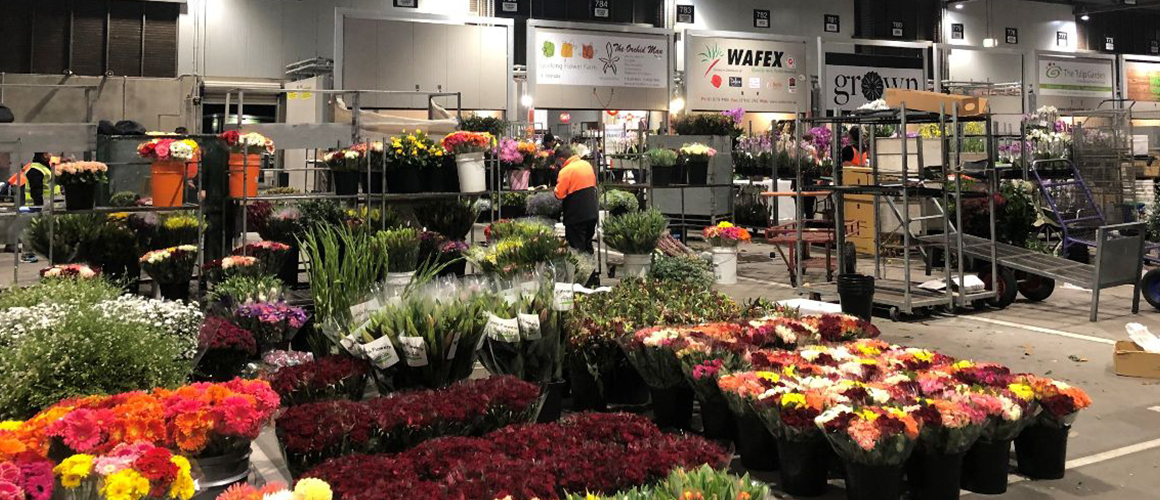
Soil Wealth/ICP global scan investigates top methods for weed control
8 April 2019
Department of Ag staff attend peri-urban educational tour of VIC
12 April 2019Full report:
If you would like to read the full report, please click here to access the report from the InfoVeg database.
Summary:
Post‐harvest residues of most leafy vegetables rot within days after harvest and provide an ideal environment for stable flies to complete their development. The resultant adult flies that emerge seek blood meals several times a day and significantly affect any livestock nearby. Numerous methodologies have been tried to reduce stable fly development from vegetable crop residues left in situ after harvest but have either had limited success or are neither practical nor economically viable for vegetable producers to adopt.
The option of burying crop residues and/or compacting the sandy soil above the residues offers a unique physical solution to preventing the emergence of adult stable flies from the residues without the need to use pesticides.
Large‐scale field trials at commercial vegetable producers confirmed that burial and compaction of post‐harvest residues is the most effective option for controlling stable fly. Compacting sandy soil using a landroller almost totally prevents adult stable fly emergence from the soil, with the hard barrier of soil near the surface preventing the newly‐emerged stable flies from digging their way to the soil surface.
When the adult fly emerges from its pupal case in the soil, their outer exoskeleton hasn’t hardened, hence they are quite feeble and unable to dig through compacted soil. By contrast, house flies are bigger and more robust than stable flies and are not affected by soil compaction (N.B. house flies rarely develop from crop residues).
This project clearly confirmed the best method for managing and having a major impact on stable fly development from vegetable crop residues. This management involves 2 simple steps:
- Burial of crop residues using either a mouldboard plough, stone burier or a deep, slow rotary hoe; followed by
- Compaction of the sandy soil using a fixed landroller at rates equivalent to 5t/m2.
Burying and compacting sandy soil over the crop residues provides key production benefits to growers, including: (i) retention of all the organic matter from the residues (ii) less soil wind erosion from moist, compacted sand (iii) no need to use insecticides to control stable flies.
Because compaction prevents stable fly emergence, handling of residues left after harvest does not need to be done immediately but can be left for up to a week before burying and compaction. By waiting 1 week, any stable fly eggs or larvae in the residues will not emerge at a later point as adult flies. The research showed that stable flies start laying eggs onto broccoli, lettuce, silverbeet and celery residues within 1‐2 days after harvest in summer production months.
There has been considerable engagement with major vegetable producers in areas most affected by stable fly on the uptake of machinery to bury and compact post‐harvest residues. Smaller growers can employ the newly-approved measure of rotary hoeing their residues on 5 successive days to minimise stable fly. Finally, burial of reject produce infested with stable fly larvae was shown to only be effective at preventing adult emergence by burying under at least 1m of soil and/or compacting the soil.
The researchers for this project engaged with local agricultural machinery companies that currently sell or can fabricate landrollers for use by vegetable producers. These range from 2.1m ‐ 6m wide for use on fixed‐sprinkler line properties, or from 6m to 12m, 18m and 24m wide rollers that could be used on open, centre‐pivot irrigated vegetable operations.
This post appeared in the AUSVEG Weekly Update published 9 April 2019. Subscribe to the Update using our online form to receive the latest industry news in your inbox every week!


